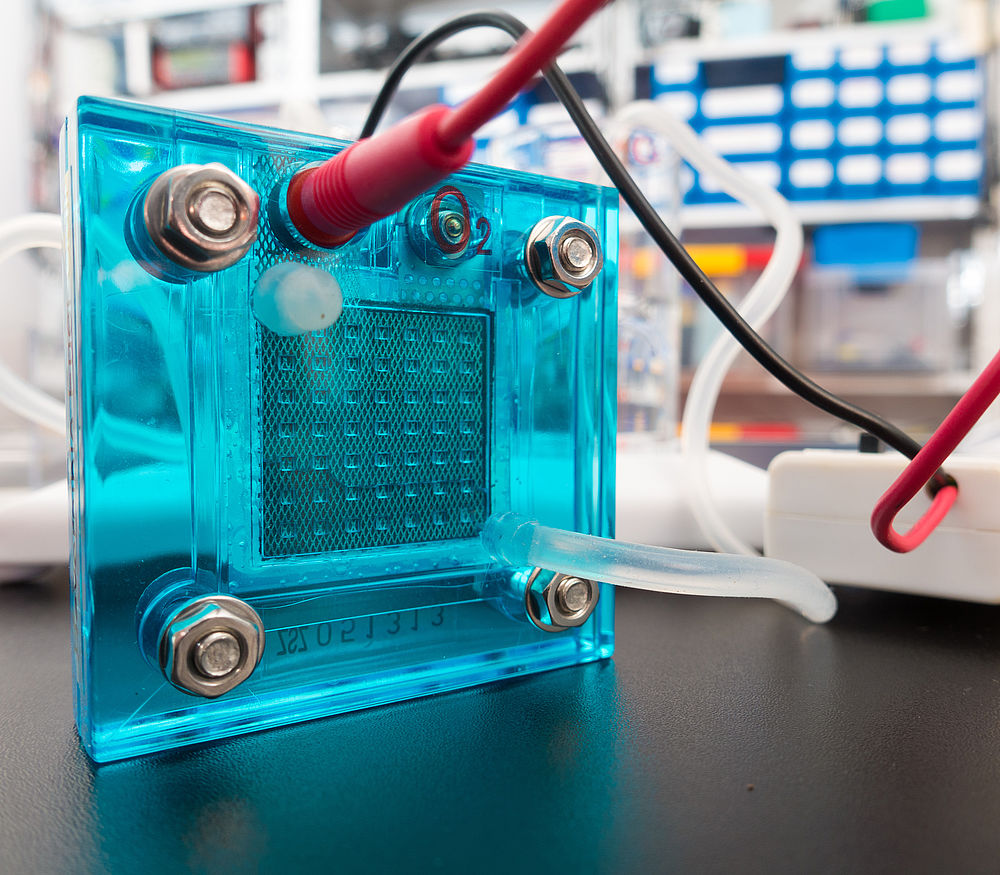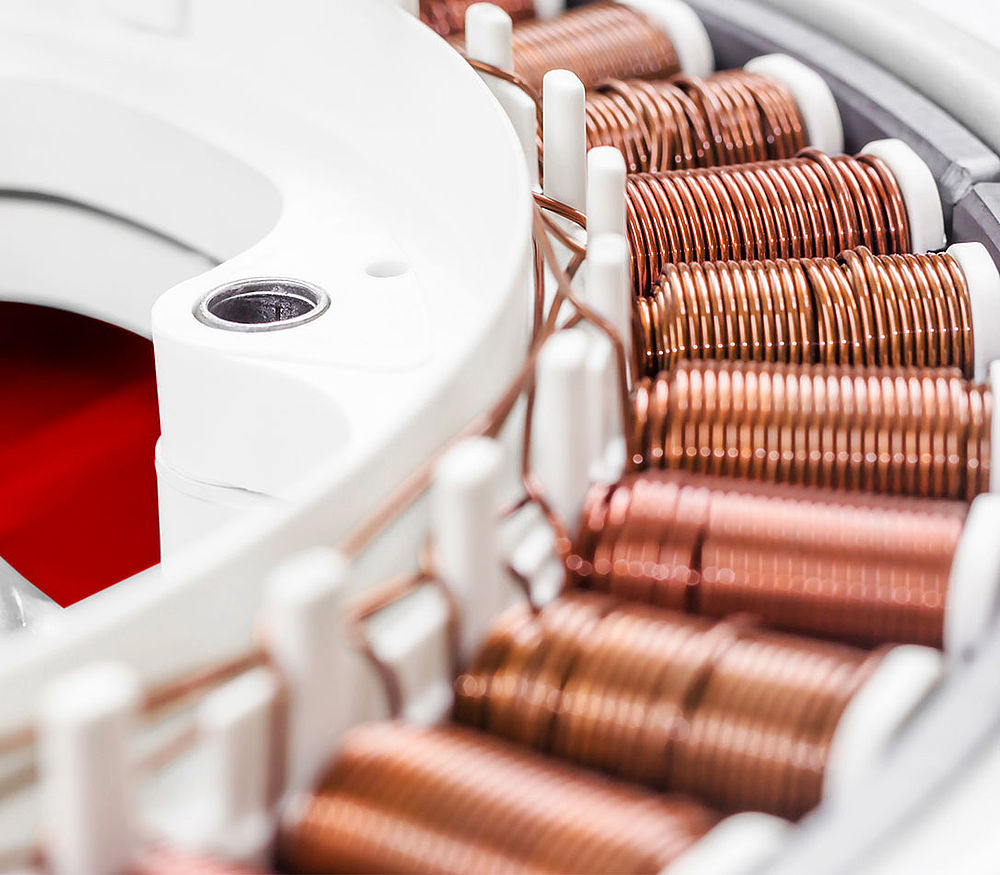Winding wire SHBond® WD210 Glide
- Enamelled round copper wire, thermoresistant,
selfbonding and self lubricating - Insulated with THEIC mod. polyesterimide
- plus polyamide-imide overcoat plus bonding layer
- Class 200
SHBond® WD210 Glide is a highly thermoresistant self-bonding enamelled copper wire of heat performance class N. With this wire the excellent resistance and insulation properties of SHTherm® 210 – Dualcoat are combined with the special application possibilities of an additional bonding layer which is based on mod. aromat. polyamide and which enables the production of heat bonded wire windings. Using this type of thermo-setting wire the heat bonding process is economic, as it can be executed within seconds and can support automatic processing. It is not harmful to the environment. Heat bonded windings show excellent thermal and mechanical stability and high resistance to climatic demands and many chemical agents. Sophisticated process technology and process setting ensure easy mouldability, good elongation and excellent insulation properties.
The final layer of varnish serves the purpose of providing a superior gliding surface, giving the wire excellent windability features at higher speeds, and enabling a higher filling factor plus reduced soiling of the winding machines. The reduced coefficient of friction helps to avoid damage to the wire during winding and thus maintains the insualtion properties of the wire.
Application
Drives for household appliances, pole windings, wire wound coils, power tools
Standards
IEC / DIN EN 60317-38
NEMA MW 102-C
Delivery forms
Grade 1: on request
Grade 2: on request

You have questions according to our premium winding wires or want to send an inquiry?
Our sales representative will be happy to help you.
Technical data
Typical properties of enamelled round copper wire 0.500 mm, with insulation film grade 1B
| Property | Unit of measure | Set value | Actual value (typ.) |
|---|---|---|---|
| Overall diameter | mm | min. 0.541 - max. 0.568 | as set value |
| Bare wire diameter | mm | 0.495-0.505 | as set value |
| Adhesion (no cracks in film after winding) | mandrel diameter 0.500 mm | 1 x d / 10 % pre-elongation | |
| Scrape resistance | N | ≥ 3.950 | ≥ 7.500 |
| Pencil hardness | H | 3H - 5H | |
| Elongation at break | % | ≥ 28 | ≥ 38 |
| Coefficient of friction | µ | / | ≤ 0.110 |
|
(1) Due to the variety of individual applications we cannot make any generally binding commitments regarding the compatibility. We recommend testing compatibility with the materials being used. |
|||
| Property | Unit of measure | Set value | Actual value (typ.) |
|---|---|---|---|
| Temperature index TI | °C | 200 | 210 |
| Cut through temperature (pre-heated block) | °C | 320 | ≥ 360 |
| Dielectric loss factor (bending point) | (°C) (tan δ) | / | ≥ 140/185/240 |
| Heat shock at 220 °C (no cracks in varnish coat after winding) | mandrel diameter 1.120 mm | 1 x d / 10 % pre-elongation | |
| Bonding temperature | °C | 200 +/-2 | ≥ 210 |
|
(1) Due to the variety of individual applications we cannot make any generally binding commitments regarding the compatibility. We recommend testing compatibility with the materials being used. |
|||
| Property | Unit of measure | Set value | Actual value (typ.) |
|---|---|---|---|
| Dielectrical strength at RT | kV | ≥ 2.4 (twist) | ≥ 3 (cylinder) |
| High voltage discontiniuties 750V | ≤ 10 on 30 m | ≤ 7 on 100 m | |
| Electrical conductivity | MS/m | 58 - 59 | ≥ 58.5 |
|
(1) Due to the variety of individual applications we cannot make any generally binding commitments regarding the compatibility. We recommend testing compatibility with the materials being used. |
|||
| Property | Set value | Actual value (typ.) |
|---|---|---|
| Pencil hardness (storage in standard solvent ½ h / 60 °C) | test methods unsuitable | / |
| Pencil hardness (storage in alcohol ½ h / 60 °C) | / | |
| Resistance to commercial impregnants^(1) | / | not applicable |
| Resistance to commercial refrigerants^(1) | / | limited |
| Resistance to commercial dry transformer oils^(1) | / | not recommended |
| Resistance to commercial hydraulic oils^(1) | / | no |
|
(1) Due to the variety of individual applications we cannot make any generally binding commitments regarding the compatibility. We recommend testing compatibility with the materials being used. |
||


















